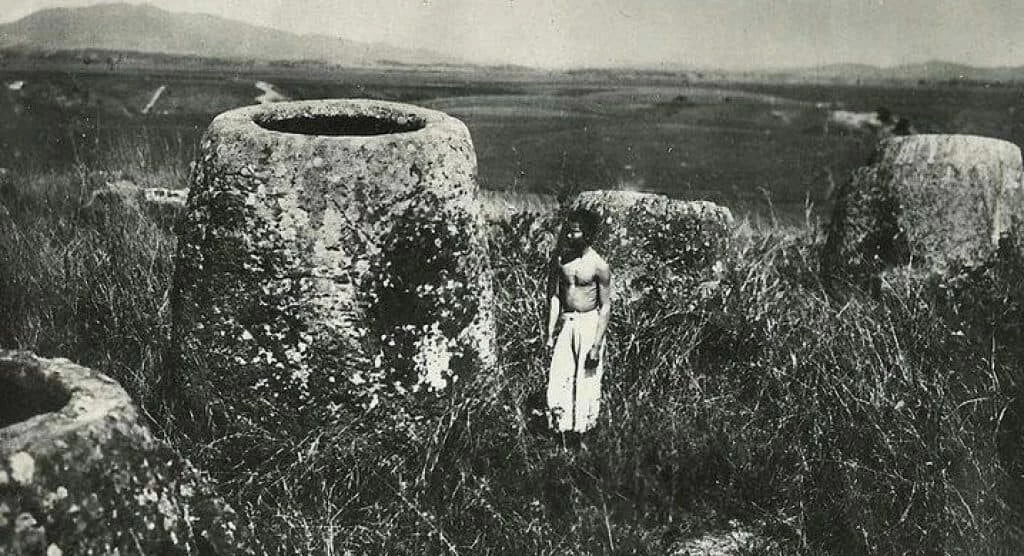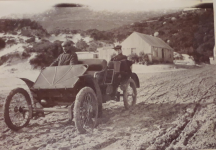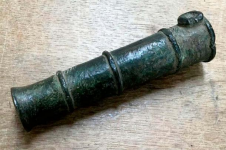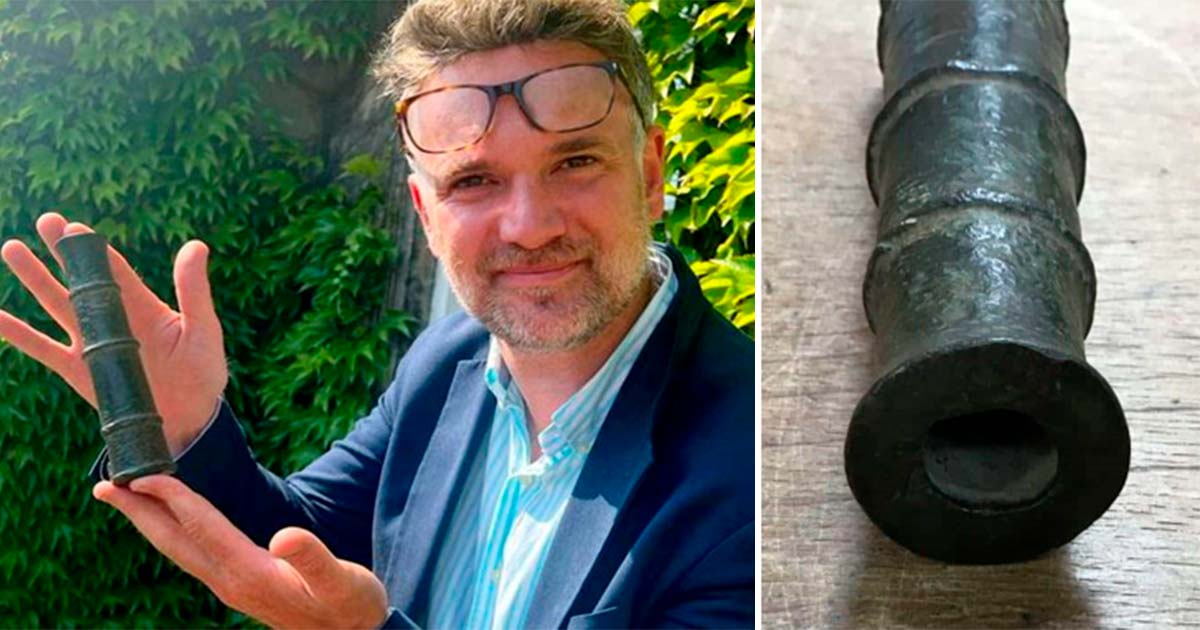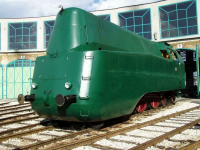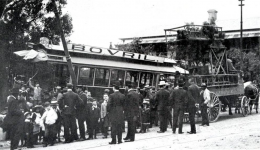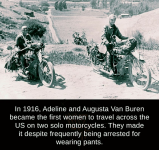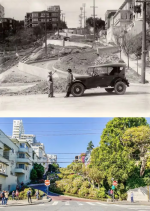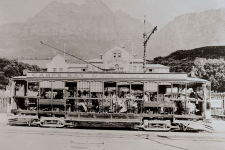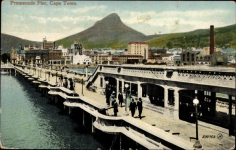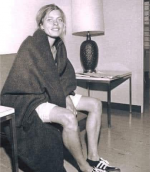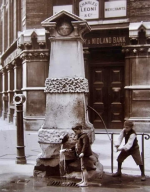 The Pump of Death
The Pump of Death
By the gentle author
Watch these guys pump water. They seem unaware they are in the presence of the notorious “Pump of Death” In 1876, the water began to taste strange and was found to contain liquid human remains which had seeped into the underground stream from cemeteries.
Several hundred people died in the resultant Aldgate Pump Epidemic as a result of drinking polluted water – though this was obviously a distant memory by the nineteen twenties when Whittard’s tea merchants used to “always get the kettles filled at the Aldgate Pump so that only the purest water was used for tea tasting.”
Yet before it transferred to a supply from the New River Company of Islington, the spring water of the Aldgate Pump was appreciated by many for its abundant health-giving mineral salts, until – in an unexpectedly horrific development – it was discovered that the calcium in the water had leached from human bones.
This bizarre phenomenon quickly entered popular lore, so that a bouncing cheque was referred to as “a draught upon Aldgate Pump,” and in rhyming slang “Aldgate Pump” meant to be annoyed – “to get the hump.” The terrible revelation confirmed widespread morbid prejudice about the East End, of which Aldgate Pump was a landmark defining the beginning of the territory. The “Pump of Death” became emblematic of the perceived degradation of life in East London and it was once declared with superlative partiality that “East of Aldgate Pump, people cared for nothing but drink, vice and crime.”
Today this sturdy late-eighteenth-century stone pump stands sentinel as the battered reminder of a former world, no longer functional, and lost amongst the traffic and recent developments of the modern city. No one notices it anymore and its fearsome history is almost forgotten, despite the impressive provenance of this dignified ancient landmark, where all mileages East of London are calculated. Even in the old photographs you can trace how the venerable pump became marginalised, cut down and ultimately ignored. Aldgate Well was first mentioned in the thirteenth century – in the reign of King John – and referred to by sixteenth-century historian, John Stowe, who described the execution of the Bailiff of Romford on the gibbet “near the well within Aldgate.” In “The Uncommercial Traveller,” Charles Dickens wrote, “My day’s business beckoned me to the East End of London, I had turned my face to that part of the compass… and had got past Aldgate Pump.” And before the “Pump of Death” incident, Music Hall composer Edgar Bateman nicknamed “The Shakespeare of Aldgate Pump,” wrote a comic song in celebration of Aldgate Pump – including the lyric line “I never shall forget the gal I met near Aldgate Pump…”
The pump was first installed upon the wellhead in the sixteenth century, and subsequently replaced in the eighteenth century by the gracefully tapered and rusticated Portland stone obelisk that stands today with a nineteenth-century gabled capping. The most remarkable detail to survive to our day is the elegant brass spout in the form of a wolf’s head – still snarling ferociously in a vain attempt to maintain its “Pump of Death” reputation – put there to signify the last of these creatures to be shot outside the City of London.
John Snow is considered one of the founders of modern epidemiology and a pioneer in disease mapping. Eventually he was able to convince the local authorities to simply remove the pump handle, which corresponded with a sharp decline in cholera infection.
Tantalisingly, the brass button that controls the water outlet is still there, yet, although it is irresistible to press it, the water ceased flowing in the last century. A drain remains beneath the spout where the stone is weathered from the action of water over centuries and there is an elegant wrought iron pump handle – enough details to convince me that the water might return one day.
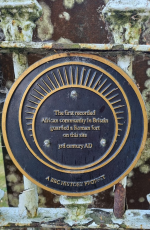

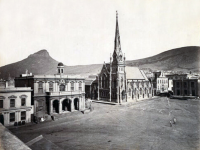


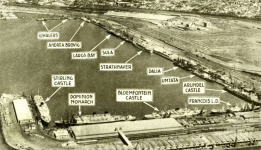
/https%3A%2F%2Ftf-cmsv2-smithsonianmag-media.s3.amazonaws.com%2Ffiler_public%2F6d%2F44%2F6d449cc3-8f97-4027-a428-c71907d4d8ac%2F20132244_epave_de_zambratija_istrie__observations_sur_la_coque_cliche_philippe_groscaux_cnrs_ccj_c_mission_adriboats_pour_site.jpeg)
